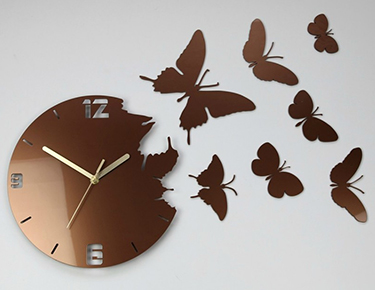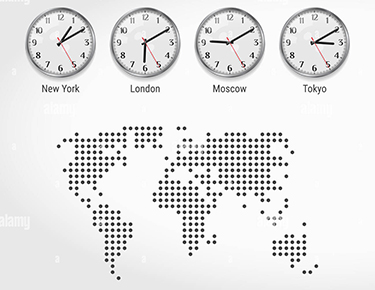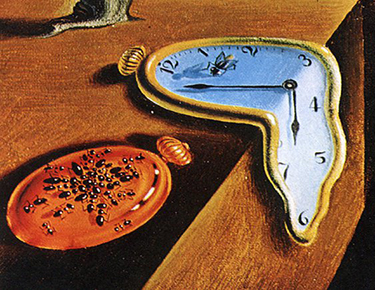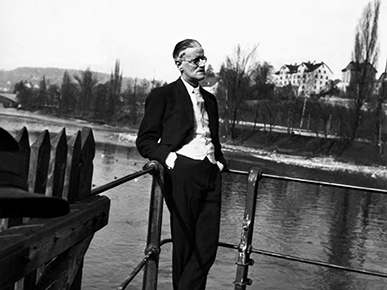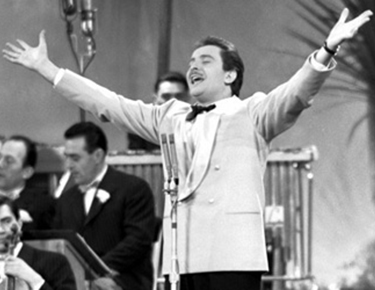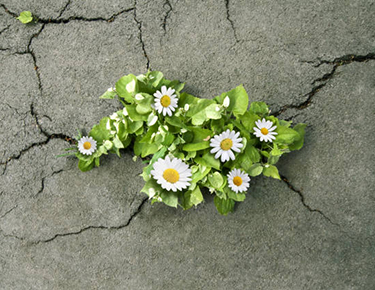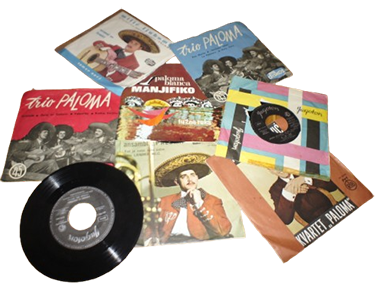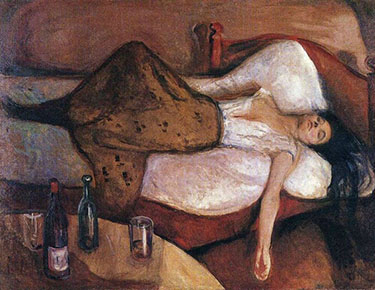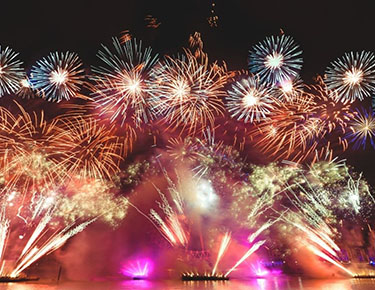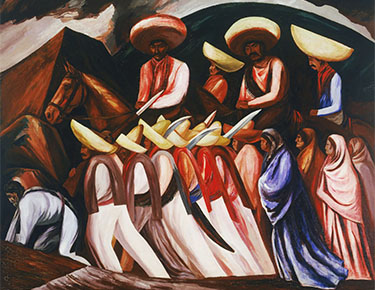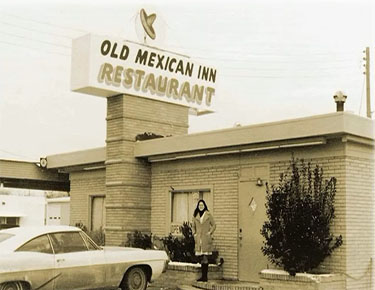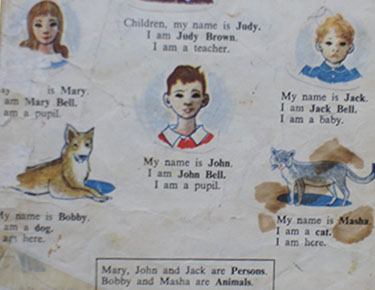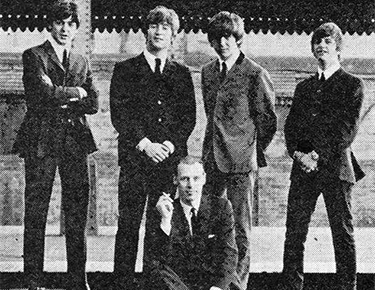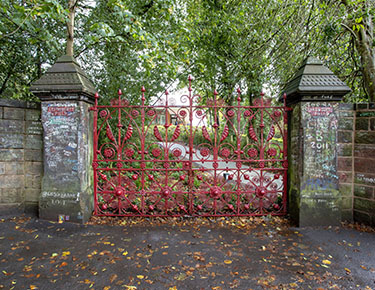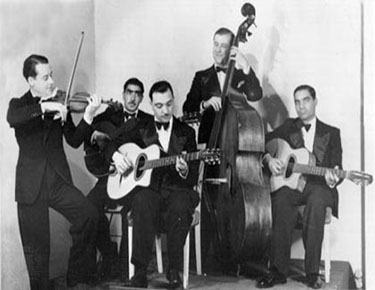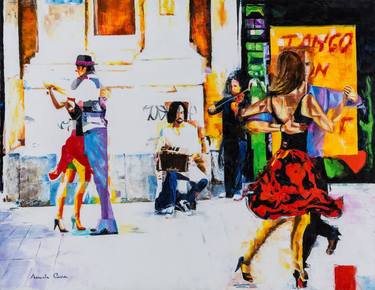All my friends know that I cheered for Argentina in the World Cup Final between France and Argentina. That watching took place in a Belgrade cafe on Vračar, it was raining, the game went to overtime, then to penalties, there was yelling and it was tense. The cafe was divided by fans: there were more of them for the Europeans. Even my football comrades with whom I watched the match were cheering for the Europeans. And I, as always, cheered for Argentina..
For Argentina even when they collide with, here beloved, Brazil…Hey even with Brazil!! Now, to say that I am some big football fanatic, I'm not. To say that I'm a great connoisseur of it, I'm not. I know about Pele, and I know about Kempes, but I also know about Maradona & God's hand (I would know the answer to the knowledge and information test at the entrance exam for the Faculty of Philosophy 😊). I also know of Messi, of course. But still, you ask, why Argentina? Whenever Argentina is mentioned, like I am a groggy boxer, my hands drop from some weakness, from some nostalgia, my throat tightens, I feel nostalgic even though I've never been there. Because where Argentina is, there is Borges*, one of my favorite heroes from my youth, from whom I learned. And what did I learn?
I learned that it's boring to be immortal, that it's stupid to be perfect, that, guilt-free, I should eat even more ice cream and start walking barefoot in the spring and thus make it until autumn. I said, I've never been to Argentina, I don't know a single street of Buenos Aires, a single square, a stone, but I know them all. Because in his books, Borges walks through the City and when he stops to look at the arch of a wrought iron gate, I see it too. I'm right there with him. I was also with him when a man from the suburbs, some "sad poor man of the underground, broke away into the wild deserts on the Brazilian border and got to the leader of the smugglers"... I experienced all kinds of exciting things with Borges in a city and in a country I had never been to. And it's important to remember the places you haven't been to.



When the bandoneon, an instrument without which tango cannot be imagined, arrived from Germany, the world became ready for tango. Astor Piazzolla, the bandoneon player, is the most important composer of the Argentinian "new tango". The magic and passion of Piazzolla's new tango awakens nostalgia in the listeners, and we feel the same wind on our faces that was left behind by the busy immigrants hurrying through the harbor to the suburbs of Buenos Aires. This Piazzolla’s tango is more for the ears than for the feet, it is the only one, Argentinian, which always ends tragically only to be born again, even more beautiful and tragic. And Carlos Gardel, that father of tango, could not sing more than two octaves, but that's why, they said, he had a "tear in his throat" that still stuns us and makes us dance.
I learned that it's boring to be immortal, that it's stupid to be perfect, that, guilt-free, I should eat even more ice cream and start walking barefoot in the spring and thus make it until autumn. I said, I've never been to Argentina, I don't know a single street of Buenos Aires, a single square, a stone, but I know them all. Because in his books, Borges walks through the City and when he stops to look at the arch of a wrought iron gate, I see it too. I'm right there with him. I was also with him when a man from the suburbs, some "sad poor man of the underground, broke away into the wild deserts on the Brazilian border and got to the leader of the smugglers"... I experienced all kinds of exciting things with Borges in a city and in a country I had never been to. And it's important to remember the places you haven't been to.

Argentina is a country of football, every child knows that. Cities stop breathing when a derby is played and pampas erupts on the streets of Argentine cities when their team plays.

But, I always wondered, how is it possible that my teacher, the most talented Argentinian, hated football!! He could not stand it. He considered the invention of football by the English as their greatest crime. He hated the aesthetics of that game, he considered it ugly. Legend has it that he deliberately scheduled his lecture at the time of Argentina's first match at Mundial 78. 😊 Football is a game and he hated it, but Borges didn't hate the game as such. He adored the second one, the tango, the one that is not played in stadiums, which does not have to be played in ballrooms either, but on the street, in the squares.
Over time, Buenos Aires and tango grew together, became synonymous, and this magical dance entered every pore of the city, into its geography. We can meet him everywhere - while walking through the authentic suburbs where he was born or in the mythical cafes where he has been playing since forever. Tango contains the essence of all real music - sometimes gentle, sometimes brisk, but always authentic, passionate and sensual.
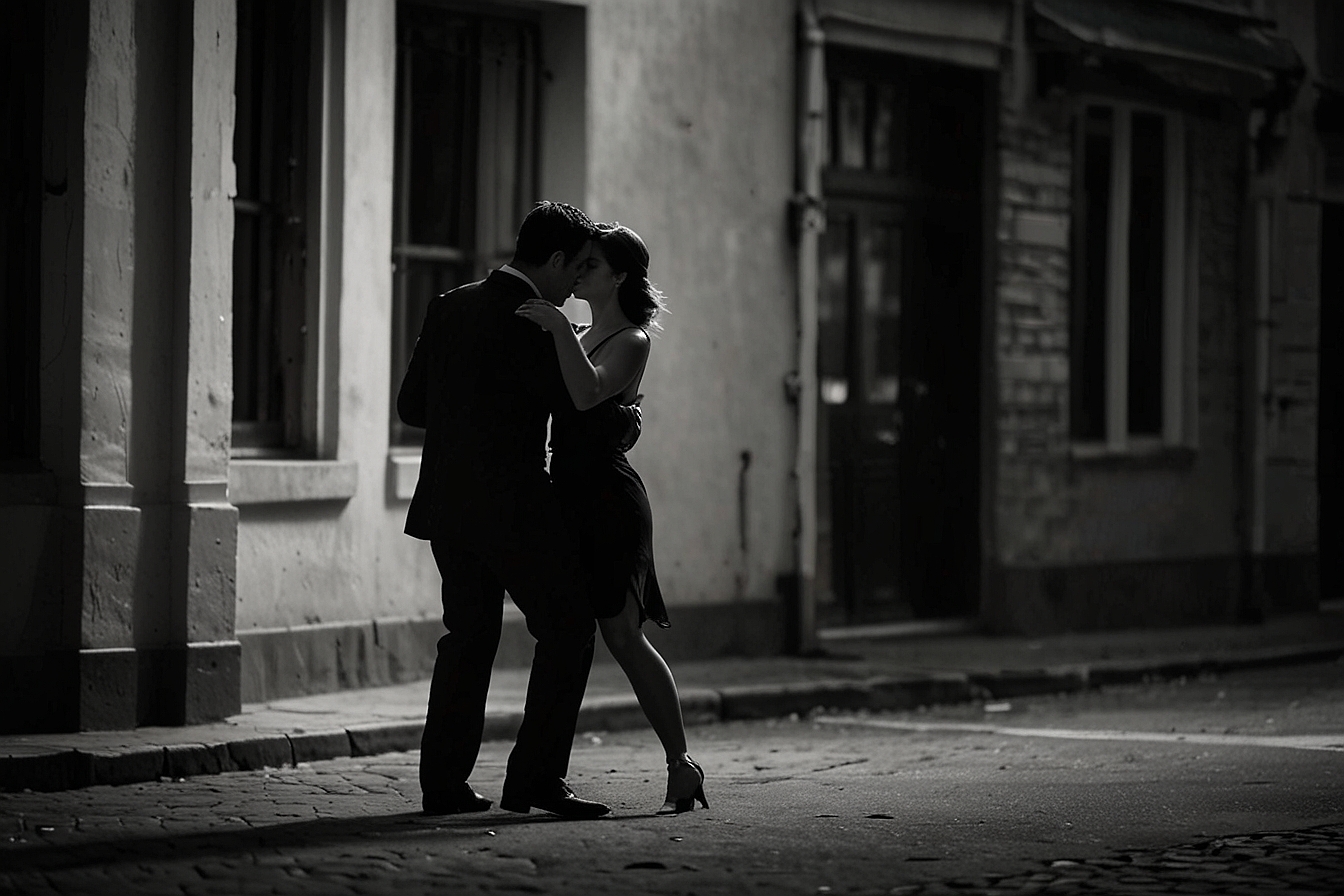
Over time, Buenos Aires and tango grew together, became synonymous, and this magical dance entered every pore of the city, into its geography. We can meet him everywhere - while walking through the authentic suburbs where he was born or in the mythical cafes where he has been playing since forever. Tango contains the essence of all real music - sometimes gentle, sometimes brisk, but always authentic, passionate and sensual.

"Forget your troubles and dance," Bob Marley tells us, believing that there is no such problem and worry that dancing cannot banish. On the other hand, when Dučić said that a man can sing even when he is sad, but that he can only dance when he is joyful, he clearly did not have tango in mind. Because tango is a melancholy, disappointment. And passion and pain. Tango is longing, it's sad thoughts playing, a tear in the throat on the streets of Buenos Aires. Close your eyes as you watch the tango dancers and feel the humid smell of the harbor and the damp corridors of Argentinian brothels. Listen to him, tense up, you'll see its value - you'll hear the voices of sailors and heavy loads hitting the stone slabs of the harbor docks.
At its core, tango visualizes the relationship between a prostitute and her pimp, and the first, original one, as indecent and naughty, was forbidden. Today, tango is a symbol of glamor and elegance of an upper class woman in a tight, sparkly dress with slits on the thighs, a flower in her hair and a man in a tailcoat, but the real, original, Argentine tango is a game of the hungry - a dance of the poor from the margins. It is the dance of immigrants who at the turn of the 19th and 20th century washed up on the shores of Argentina from everywhere - from Africa, Spain, Italy, England, Poland, Germany, Russia... It is a mishmash of music and dances brought from the distant climates of Europe ; a fatal cocktail of polka, waltz & mazurka, mixed with Cuban habanero and African rhythms, and black milonga music. Oh, what a cosmic collision of galaxies!! Those young men, those hopeful desperados, convinced that they will earn enough money to return to their homeland or to bring their families to the promised land, weaved in a tango reflection all their hopes for a better life; a sense of loss, as well as longing for dear people and places they left somewhere far behind. That population of petty criminals, manual laborers, brothel visitors, gangsters and losers are the real owners of tango. It is the property of the compadritos, who in that new world, apart from their own name, had nothing - only their macho pride.

When the bandoneon, an instrument without which tango cannot be imagined, arrived from Germany, the world became ready for tango. Astor Piazzolla, the bandoneon player, is the most important composer of the Argentinian "new tango". The magic and passion of Piazzolla's new tango awakens nostalgia in the listeners, and we feel the same wind on our faces that was left behind by the busy immigrants hurrying through the harbor to the suburbs of Buenos Aires. This Piazzolla’s tango is more for the ears than for the feet, it is the only one, Argentinian, which always ends tragically only to be born again, even more beautiful and tragic. And Carlos Gardel, that father of tango, could not sing more than two octaves, but that's why, they said, he had a "tear in his throat" that still stuns us and makes us dance.
Life grinds us down, everyday life kills, and when you don't know what to do then, I order you to dance. "First dance. Think afterwards. It's the natural order of things," says Beckett, and I believe Beckett, that Irish sage of the absurd. Rejoice, laugh or grieve, but never alone and never without music. Let her guide you, let her life flow through your veins in her rhythm, let her envelop your hips, let her go down your spine, let the tears in your throat lead you. Don't be shy, dance is the secret language of the soul. Well, do you know that Bruce Lee was the champion in cha cha dance!!
And yes: "Tango is a direct expression of something that poets often tried to state in words - the belief that a fight may be a celebration", Borges once whispered to me <3
Ps
when you dance the tango in an Argentinian cafe, please send me your impressions.
*I also adore Cortazar, very much, but that's another story. It's also my story about music, but it's not a story about tango, it's a story about jazz that I'll tell you another time. Maybe.
JJ Beba

